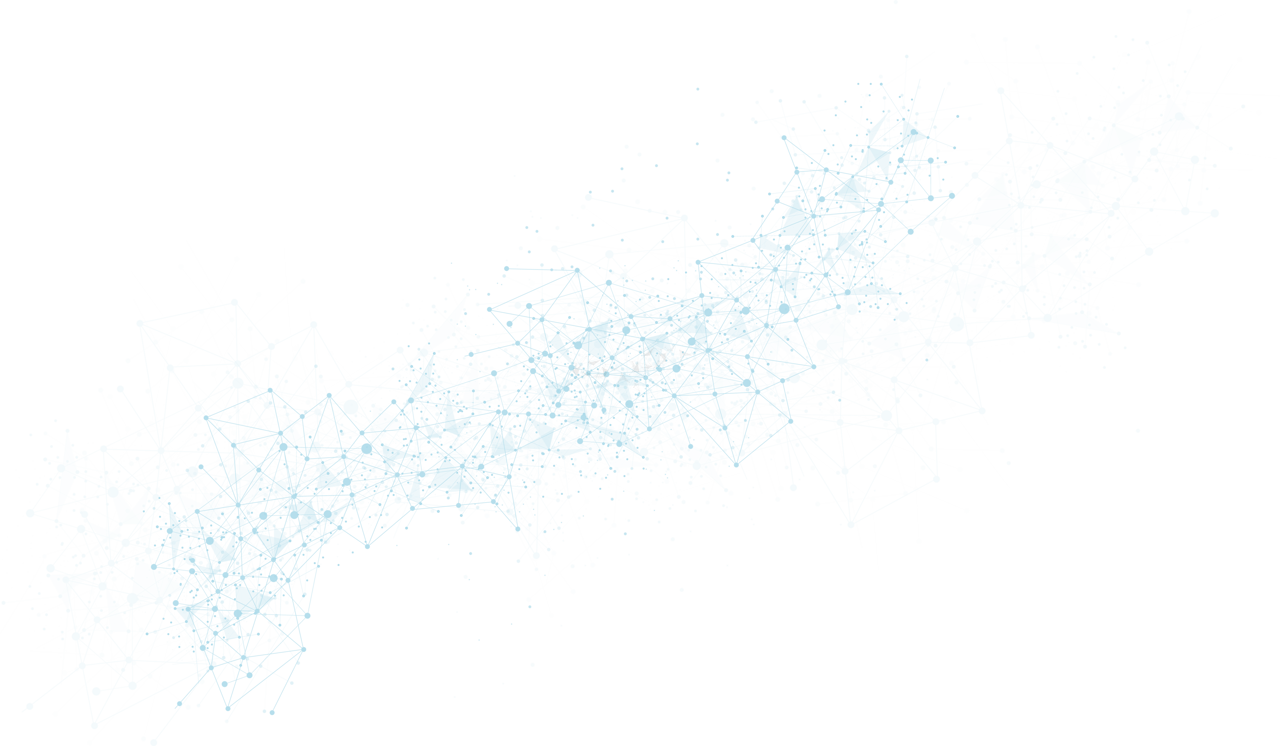
Fixing the roof before the rain comes
0.1 WELCOME
Acting on lessons from the COVID-19 pandemic can prevent the same mistakes from being made again in the inevitable future health emergencies
By Tedros Adhanom Ghebreyesus
director-general, World Health Organization

When we say health is a political choice, many people may think of the choices we make in the midst of a crisis.
In fact, many of the most important choices that determine the outcome of a health emergency, such as the COVID-19 pandemic, occur long before the crisis itself strikes.
The pandemic has exposed the consequences of years of underinvestment in public health and pandemic preparedness, even in countries with some of the most advanced medical systems.
We have seen how trust in science and scientific institutions has been frayed by years of politically motivated attacks.
We have seen the impact of inequality in our societies on health outcomes, as the poor, ethnic minorities and other marginalised groups have suffered disproportionately.
If a community is already unable to provide essential healthcare services, and cannot meet basic needs such as maternal healthcare, how can it be expected to cope with a pandemic?
This is why universal health coverage, based on a foundation of strong primary health care, is essential, as the basis of emergency preparedness, and for healthier populations.
The time to fix the roof is before the rain comes, not in the middle of a storm.
So, even as we respond to the threat of COVID-19, we must address the underlying vulnerabilities and structural inequalities that put so many people at risk. We also must take a hard look at the fragmentation of our global health architecture, and address the gaps that are slowing us down.
This is important not only for this pandemic, but also for the threats of the future – and not only for infectious diseases like COVID-19, but also from non-communicable diseases threats such as those from tobacco and our broken food system, and for environmental challenges such as pollution and climate change.
Understanding and addressing the inequalities and inequities that make some communities so much more vulnerable than others is at the heart of the World Health Organization’s mission and at the heart of public health.
“
Many of the most important choices that determine the outcome of a health emergency, such as the COVID-19 pandemic, occur long before the crisis itself strikes”

Gaps in our health system
Every year, WHO supports countries to strengthen health policy on a vast range of issues, from mental health to maternal care, nutrition to infectious diseases, water and sanitation to air pollution, while also responding to dozens of health emergencies around the world.
But no single institution can tackle these global challenges alone. And no single country can take on a pandemic by itself. The lack of sharing of data and information has hobbled the global response. Now, vaccine inequity, with more than 75% of doses going to high- and upper-middle-income countries, is hampering our ability to bring this pandemic to an end. Vaccine nationalism and vaccine hesitancy are further complicating the picture, which is compounded by the emergence of new variants.
The pandemic has thrived amid the gaps in our health systems and it has exposed the fragmentation of our global health architecture.
Let me outline three key priorities for keeping the world safer.
First, we need to recognise that global health security begins with strong primary healthcare as the foundation of universal health coverage. That means a well-paid and well-trained health workforce, with adequate protective equipment and supplies, and facilities for hand hygiene. It means a health system that has earned the trust of the communities it serves, including in disadvantaged urban and rural areas.
Second, we need better financing for national and global preparedness and response. That includes a substantial increase in domestic investment, as well as in international financing to support low- and lower-middle-income countries, so that they can provide surveillance, laboratory, risk communication and contact tracing capacity, and preparedness systems using a One Health approach.
Third, we need better global governance. The existing global health security architecture is complex and fragmented, and voluntary mechanisms have not worked.
A treaty or other international agreement on pandemic preparedness and response will provide a much-needed overarching framework for global cooperation, setting the rules of the game and enhancing solidarity among countries. This will be the subject of a special session of the World Health Assembly in November.
We also need to recognise that WHO must be empowered and sustainably financed to truly fulfil its mission and mandate.
In the coming months and years, other crises will demand our attention and distract us from the urgency of taking action now. If the world continues down the same path, it will continue to get the same result, which is a world that is less healthy, less safe and less fair.
Now is the time for working together in solidarity to build a future that is healthier, safer and fairer for everyone, everywhere.
Tedros Adhanom Ghebreyesus
Tedros Adhanom Ghebreyesus was elected director-general of the World Health Organization in 2017. He was the first person from the WHO African Region to serve as WHO’s chief technical and administrative officer. He served as Ethiopia’s minister of foreign affairs from 2012 to 2016 and minister of health from 2005 to 2012. He was elected chair of the Global Fund to Fight AIDS, Tuberculosis and Malaria Board in 2009, and previously chaired the Roll Back Malaria Partnership Board, and co-chaired the Partnership for Maternal, Newborn and Child Health Board.
BACK TO TOP
